Northern Flicker
A species of Flickers, Also known as Yellow-shafted Flicker, Red-shafted Flicker, Harry-wicket, Heigh-ho, Wake-up, Yarrup Scientific name : Colaptes auratus Genus : Flickers
Northern Flicker, A species of Flickers
Also known as:
Yellow-shafted Flicker, Red-shafted Flicker, Harry-wicket, Heigh-ho, Wake-up, Yarrup
Botanical name: Colaptes auratus
Genus: Flickers
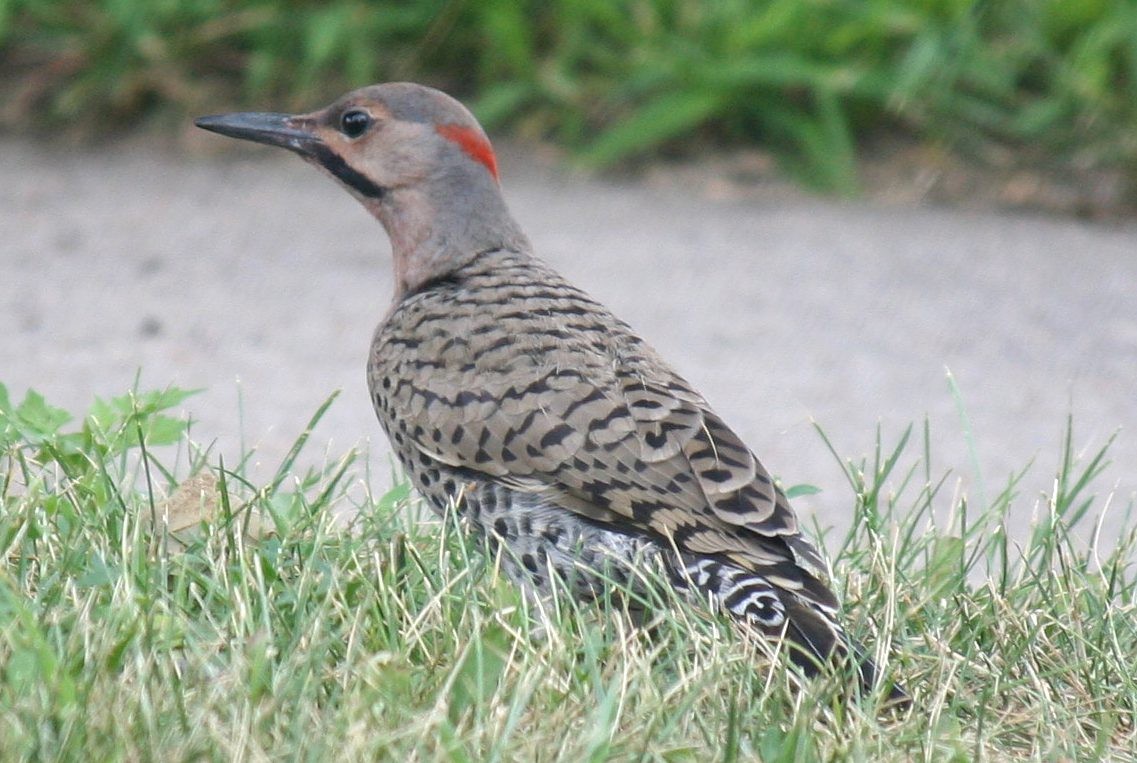 Photo By Ladymacbeth9 , used under CC-BY-SA-4.0 /Cropped and compressed from original
Photo By Ladymacbeth9 , used under CC-BY-SA-4.0 /Cropped and compressed from original Description
In the search of its favorite food—ants—the northern Flicker often forages leaf litter and tree bark, which makes it the only ground forager in the woodpecker group. It's a migratory species, which is quite a rare behavior for woodpeckers, as well. The northern Flicker has an eastern (yellow-shafted) and a western (red-shafted) form. It lays a large number of eggs - the known record is 71 eggs in 73 days.
Size
28 - 36 cm
Life Expectancy
9 years
Nest Placement
Cavity
Clutch Size
5 - 8 eggs
Incubation Period
1 brood
Number of Broods
11 - 13 days
Nestling Period
24 - 27 days
Feeding Habits
Northern Flicker's diet predominantly consists of insects, such as ants (up to 45%), beetles, flies, and moth larvae, often extracted from the ground or within animal dung. They employ their extendable tongues to capture prey. In winter, northern Flicker also consumes fruits, berries, and seeds, including those from poison oak and ivy, dogwood, sumac, and various berries.
Habitat
Northern Flicker predominantly thrives in varied open habitats close to arboreal settings, such as forests, forest borders, and grasslands with interspersed trees. These birds are also adaptable to human-altered landscapes like urban parks and suburban areas. They have a wide altitudinal range, occurring from lowland territories up to the treeline in western mountains. Preferring a temperate climate, northern Flicker can be spotted in wet environments, including streamside woodlands and marsh boundaries. Their nesting sites are typically tree cavities, but they may also use abandoned burrows from other species.
Nest Behavior
Both northern Flicker parents participate in nest excavation. They may nest in old burrows from other species. Nesting includes a clutch laid on a wood chip bed, followed by joint parental care, with the young clinging to cavity walls at about 17 days old.
Nest Characteristics
Northern Flicker creates nests in dead or diseased trees, often aspens, using existing cavities or excavating new ones. Nests are placed 6-15 feet high but can reach over 100 feet. The entrance hole is 3 inches across, leading to a 13-16 inch deep cavity, which widens at the base and contains wood chips.
Dite type
Insectivorous
People often ask
Migration Overview
Northern birds migrate to the southern parts of the range; southern birds are often permanent residents. 
General Info
Feeding Habits
Bird food type

Black Oil Sunflower Seeds

Hulled Sunflower Seeds

Safflower
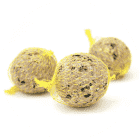
Suet
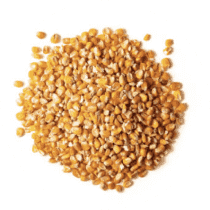
Cracked Corn
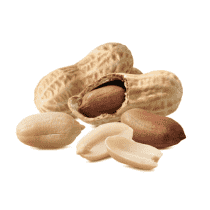
Peanuts
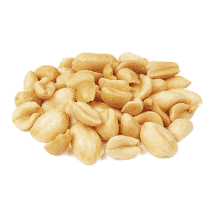
Peanut Hearts
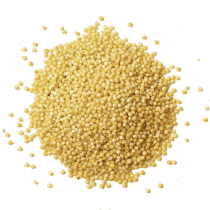
Millet
Bird Feeder Type
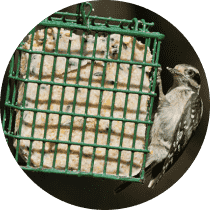
Suet Cage

Large Hopper

Platform
Sounds
Call
Recording location: United States
Call
Recording location: United States
Behavior
Northern Flicker exhibit atypical woodpecker behavior, mainly foraging on the ground alongside other bird species. They adopt a distinctive erect posture when perched on horizontal branches, differing from the typical woodpecker mannerism of vertical tree trunk navigation. Their flight is characterized by a graceful undulation, combining flapping with periods of gliding. Unique displays of social interaction are observed in northern Flicker, particularly the 'fencing duel,' a ritualistic performance involving head-bobbing and rhythmic calling, which occurs during the mating season.